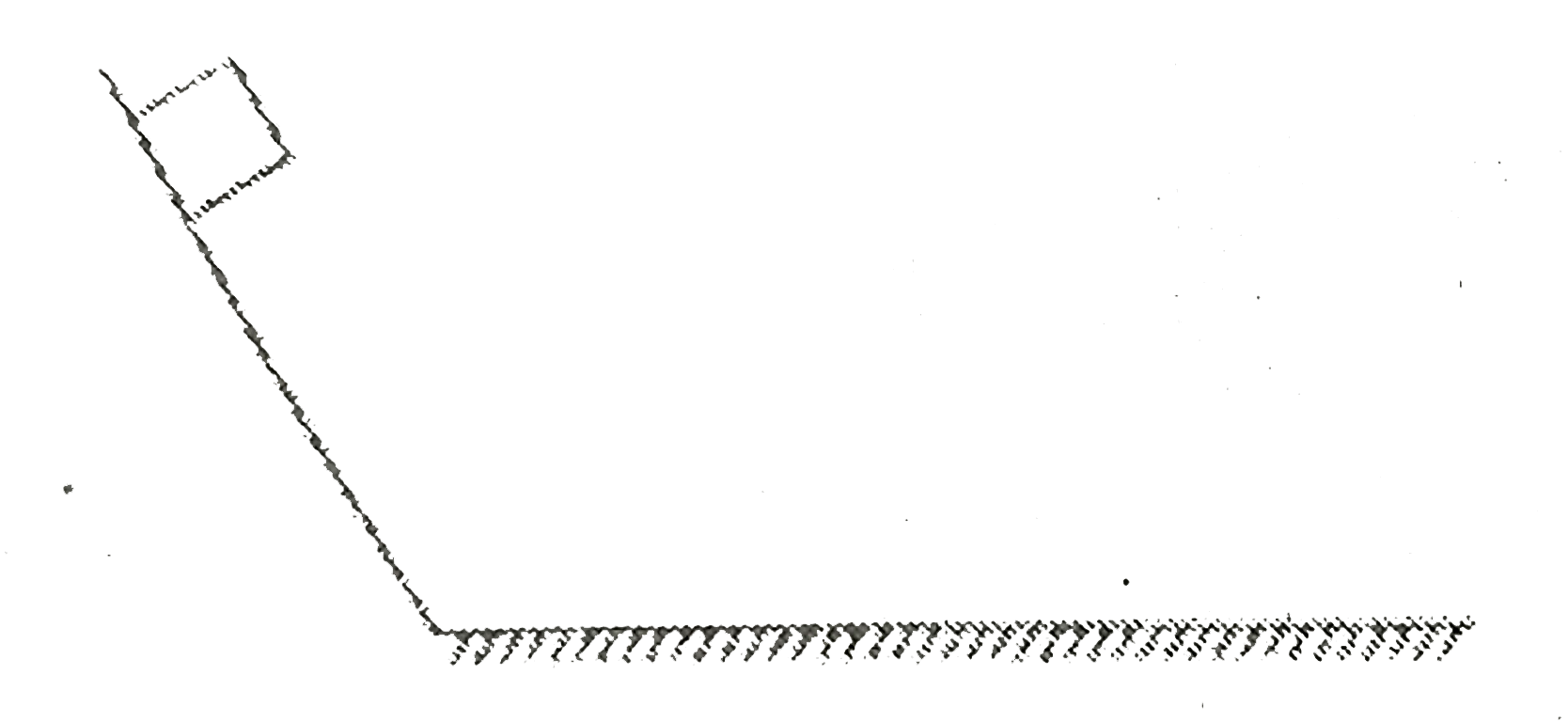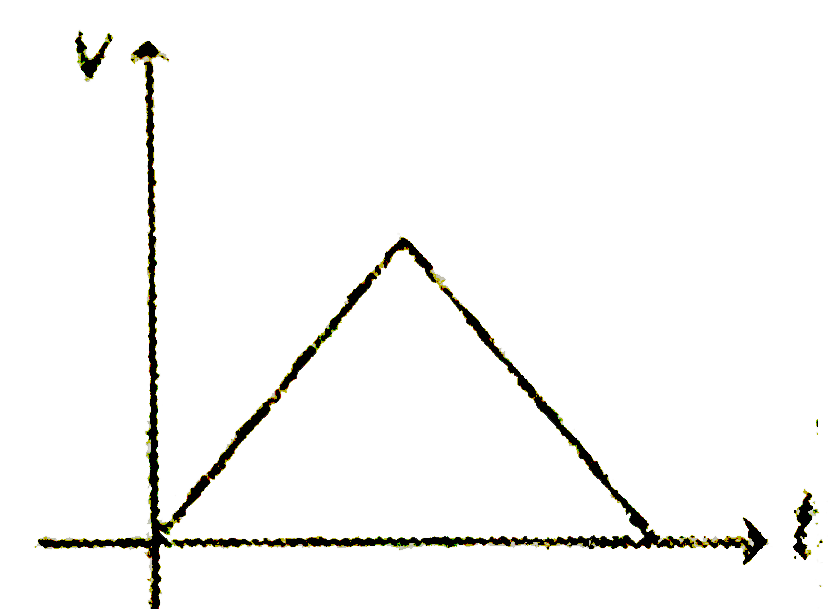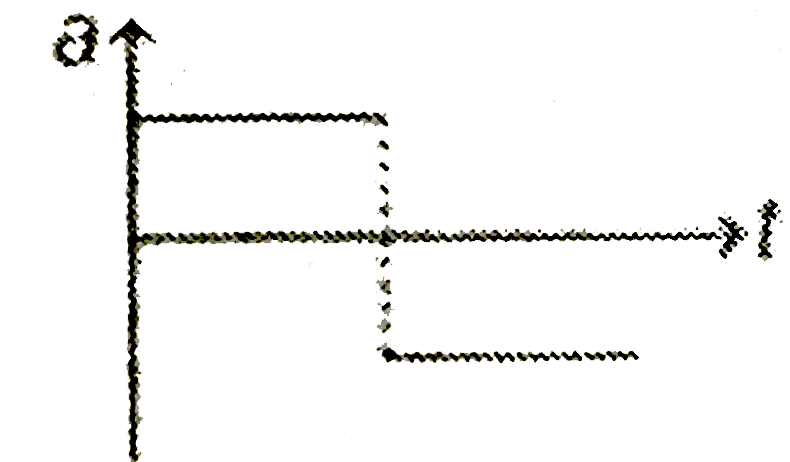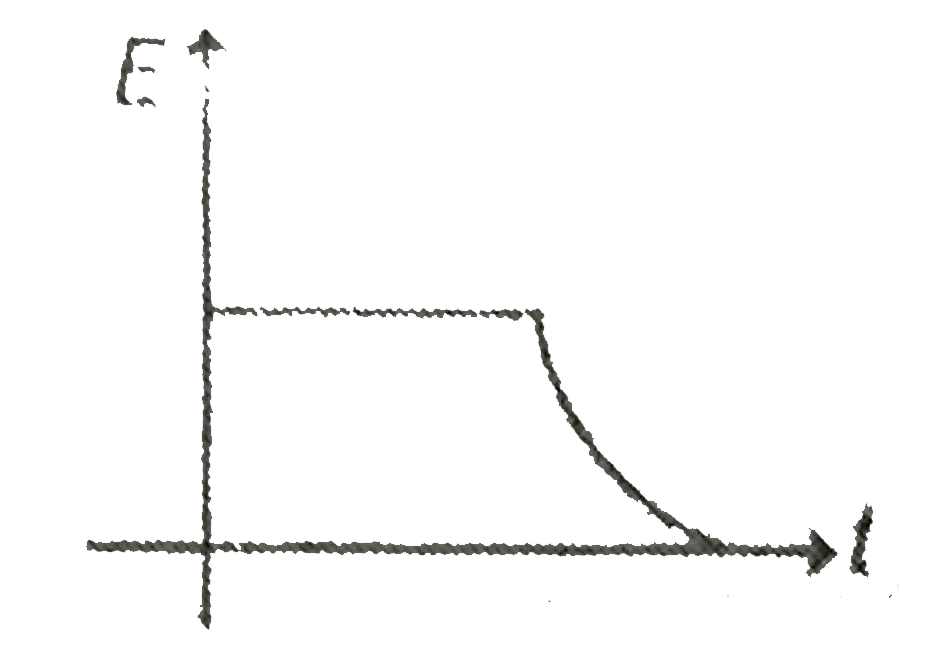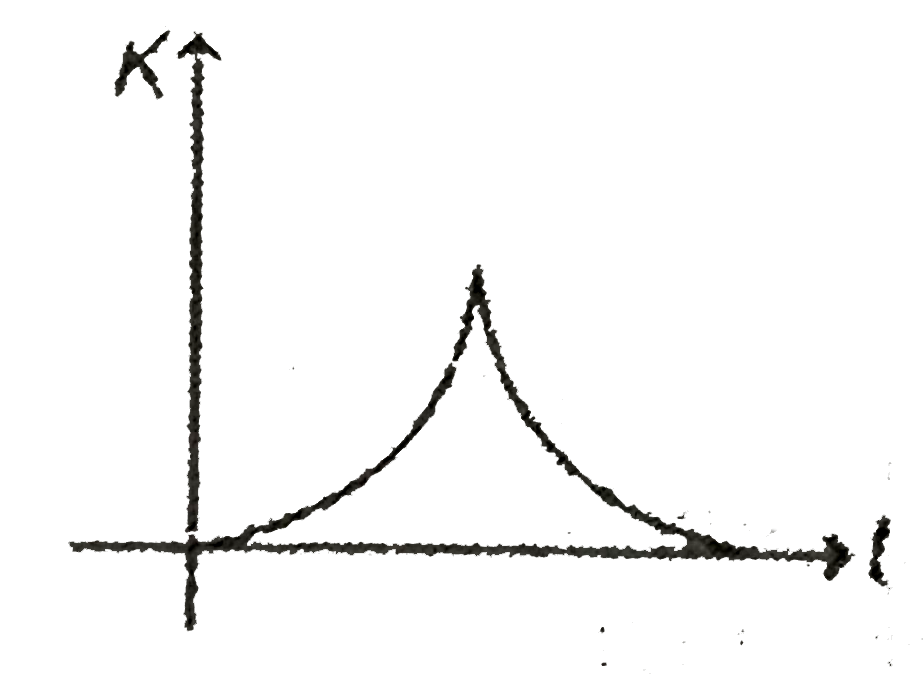A
B
C
D
Text Solution
Verified by Experts
The correct Answer is:
|
Topper's Solved these Questions
WORK, POWER AND ENERGY
DC PANDEY|Exercise C Comprehension Type Questions|18 VideosView PlaylistWORK, POWER AND ENERGY
DC PANDEY|Exercise D Matrix Matching Type Questions|10 VideosView PlaylistWORK, POWER AND ENERGY
DC PANDEY|Exercise A Only One Option is Correct|42 VideosView PlaylistWORK, ENERGY AND POWER
DC PANDEY|Exercise MEDICAL ENTRACES GALLERY|33 VideosView Playlist
Similar Questions
Explore conceptually related problems
Knowledge Check
Similar Questions
Explore conceptually related problems
DC PANDEY-WORK, POWER AND ENERGY-B More than One Option is Correct
- A block is suspended by an ideal spring of force constant force F and ...
02:41
|
Play - The potential energy U in joule of a particle of mass 1 kg moving in x...
03:18
|
Play - In a projectile motion, power of the gravitational force
07:32
|
Play - Displacement time graph of a particle moving in a straight line is as ...
04:07
|
Play - A smooth track in the form of a quarter circle of radius 6 m lies in t...
10:46
|
Play - A particle is acted upon by only a conservative force F=(7hat(i)-6hat...
04:11
|
Play - A block of mass M(1) is attached with a spring constant k. The whole a...
04:30
|
Play - Two blocks A and B having different kinetic energies K(A) and K(B)(gt ...
03:41
|
Play - A force F = - kx^(3) is acting on a block moving along x-axis. Here, k...
02:58
|
Play - Power of a force acting on a block varies with time t as shown in figu...
05:05
|
Play - Displacement time graph of a particle moving in a straight line is as ...
02:38
|
Play - In the pulley-block system shown in figure, strings are light. Pulleys...
09:49
|
Play - A particle is acted upon by a force of constant magnitude which is alw...
03:58
|
Play - A block slides down a smooth inclined plane and then moves on to a rou...
03:04
|
Playing Now - A block of mass m is pulled by a force of constant power P placed on a...
02:39
|
Play - A force of constant magnitude F(0) is applied in the tangential direct...
Text Solution
|
Play - A bead slides on a fixed frictionless wire bent into a horizontal semi...
Text Solution
|
Play - A block of mass m is placed on a circular track and then it is given a...
Text Solution
|
Play - In the system as shown in figure, the blocks have masses m(1) and m(2...
Text Solution
|
Play - Instentenous power delivered by engine of a car of mass 18 kg moving o...
Text Solution
|
Play
